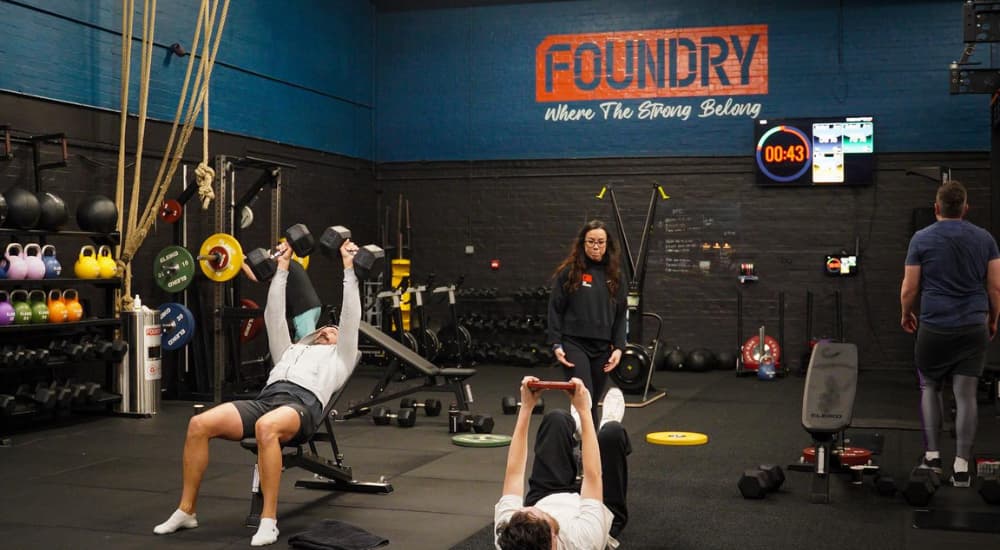When it comes to cardio workouts, two popular approaches often spark debate among fitness enthusiasts: High-Intensity Interval Training (HIIT) and Steady-State Cardio (SSC). Both offer unique benefits and can help improve heart health, burn calories, and boost endurance—but which one is better for your specific goals?
In this article, we’ll break down the differences between HIIT and steady-state cardio, compare their benefits, and help you determine which is right for your fitness journey.
What Is HIIT (High-Intensity Interval Training)?
HIIT involves short bursts of intense exercise alternated with low-intensity recovery periods. A typical session lasts between 15 to 30 minutes and may include activities like sprinting, cycling, jump squats, or burpees.
Key Features:
- Short, intense work intervals (e.g., 30 seconds of sprinting)
- Rest or low-intensity intervals (e.g., 1 minute walking)
- Total duration: 15–30 minutes
- Maximum effort required
What Is Steady-State Cardio?
Steady-State Cardio involves performing aerobic exercise at a consistent pace and intensity for an extended period. Common examples include jogging, cycling, swimming, or brisk walking.
Key Features:
- Moderate, consistent intensity
- Longer duration (30–60+ minutes)
- Heart rate maintained in a steady aerobic zone
- Lower perceived exertion than HIIT
Benefits of HIIT
1. Efficient Calorie Burning
Due to its intensity, HIIT burns a high number of calories in a short time. It’s perfect for people with busy schedules.
2. Afterburn Effect (EPOC)
HIIT boosts your metabolism even after the workout ends, thanks to Excess Post-Exercise Oxygen Consumption (EPOC). This means you continue burning calories for hours.
3. Improves Cardiovascular Health
HIIT improves VO₂ max and heart efficiency, making it excellent for cardiovascular endurance.
4. Preserves Muscle Mass
Since HIIT often involves bodyweight or resistance exercises, it can help maintain or build muscle while burning fat.
5. Time-Saving
You can get a full-body workout and burn fat effectively in just 20 minutes.
Benefits of Steady-State Cardio
1. Easier on the Joints
Lower intensity makes SSC ideal for beginners, those with injuries, or people seeking low-impact workouts.
2. Builds Endurance
Ideal for training for long-distance events like marathons or triathlons.
3. Improves Fat Metabolism
Your body becomes better at using fat as a fuel source during prolonged moderate activity.
4. Meditative and Therapeutic
Many find SSC to be relaxing and mentally refreshing, which helps reduce stress and anxiety.
5. Safer for Long-Term Consistency
It’s easier to do daily without overtraining or injury.
HIIT vs. Steady-State: A Side-by-Side Comparison
| Feature | HIIT | Steady-State Cardio |
|---|---|---|
| Duration | 15–30 minutes | 30–60+ minutes |
| Intensity | High | Moderate |
| Calorie Burn | High (including afterburn) | Moderate |
| Fat Loss | Very effective in short time | Effective with longer duration |
| Muscle Retention | Better, especially with resistance | May lead to muscle loss with excess |
| Cardiovascular Benefit | High (VO₂ max improvement) | High (endurance improvement) |
| Impact on Joints | Higher risk if not done correctly | Lower impact |
| Best For | Time-crunched, fat loss, athletic goals | Beginners, endurance, recovery days |
Which Is Better for Your Fitness Goals?
The answer depends on your individual goals, fitness level, and preferences.
Choose HIIT if you want to:
- Burn fat in less time
- Improve athletic performance
- Build cardiovascular strength and stamina quickly
- Maintain or build muscle during weight loss
- Break through a fitness plateau
Caution: HIIT is intense. It’s not ideal for everyone, especially beginners or those with heart conditions or joint issues.
Choose Steady-State Cardio if you want to:
- Improve aerobic endurance gradually
- Enjoy low-impact, sustainable workouts
- Manage stress or mental fatigue
- Recover from intense strength or HIIT training
- Build a fitness foundation as a beginner
Can You Combine HIIT and Steady-State Cardio?
Absolutely! In fact, combining both can provide a well-rounded fitness routine. For example:
- 2–3 days of HIIT per week for fat burning and conditioning
- 2–4 days of SSC per week for endurance, recovery, and mental clarity
Example Weekly Schedule:
- Monday: HIIT
- Tuesday: Steady-state walk or bike
- Wednesday: Rest or yoga
- Thursday: HIIT
- Friday: Steady-state jog
- Saturday: Long walk or swim
- Sunday: Rest
FAQs: HIIT vs. Steady-State Cardio
1. Is HIIT better for weight loss than steady-state cardio?
HIIT typically burns more calories in less time and promotes fat loss more efficiently, but both can be effective with proper diet.
2. Can beginners do HIIT?
Yes, but they should start with modified, low-impact intervals and build intensity gradually.
3. How often should I do cardio for general fitness?
Aim for at least 150 minutes of moderate or 75 minutes of intense cardio per week, as per WHO guidelines.
4. Does steady-state cardio burn muscle?
Not directly, but excessive steady-state combined with a calorie deficit may lead to muscle loss without strength training.
5. Can I do HIIT and SSC on the same day?
It’s best to alternate or allow rest between sessions unless you’re well-conditioned.
6. Is HIIT safe for people with heart conditions?
It depends—consult a healthcare provider before starting HIIT if you have cardiovascular concerns.
7. Which cardio type is better for older adults?
Steady-state cardio is generally safer, but older adults can do low-impact HIIT under guidance.
8. What’s better for mental health: HIIT or steady-state?
Both help reduce stress, but SSC may be more calming and meditative, while HIIT releases endorphins quickly.
Final Thoughts
There’s no one-size-fits-all when it comes to fitness. Both HIIT and steady-state cardio offer powerful benefits—the key is choosing the one (or combination) that best supports your goals, schedule, and lifestyle. Whether you’re looking to torch calories quickly or improve endurance at a steady pace, integrating the right type of cardio will elevate your fitness game.










